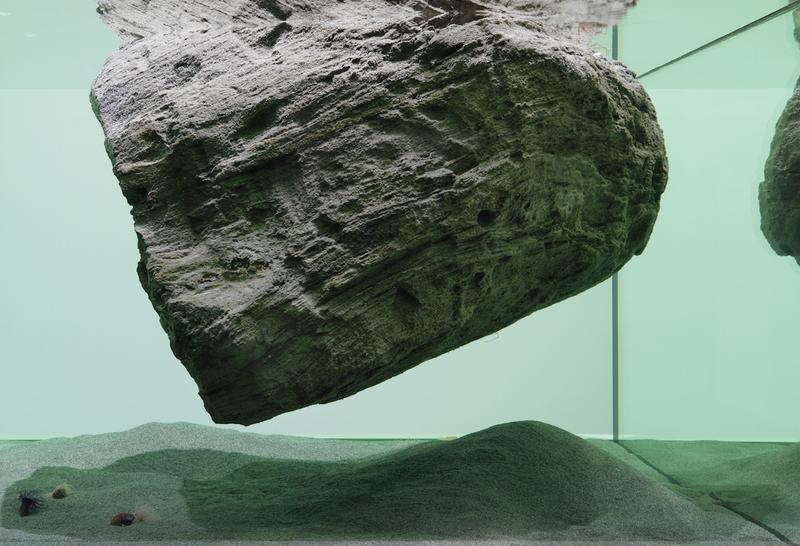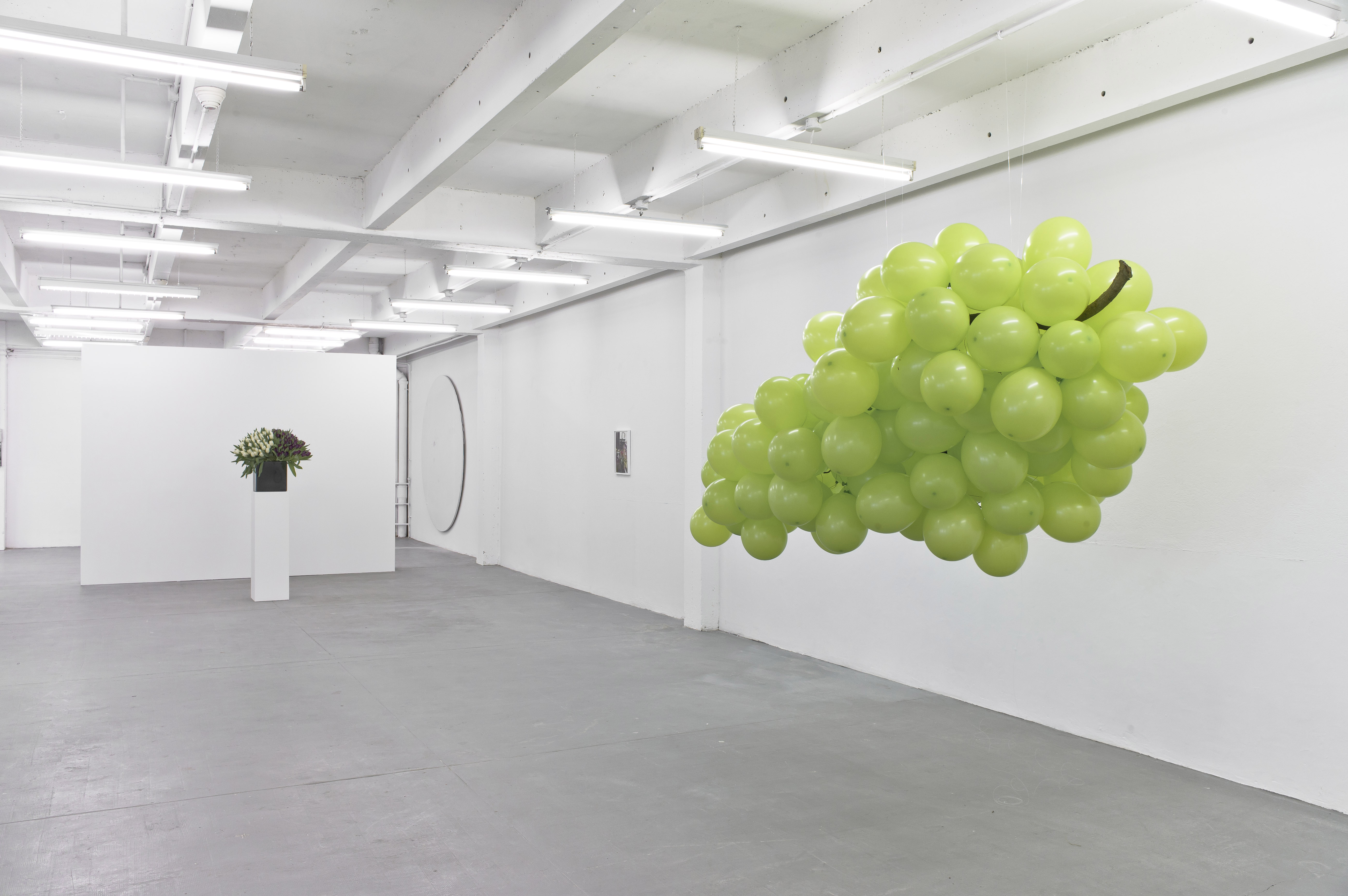For his 6th personal exhibition at the Chantal Crousel Gallery, Wolfgang Laib presents 39 b/w photographs, in conjunction with a selection of sculptures and with a series of drawings made at this occasion. The subjects of the photographs : sanctuaries, stupas, tombs, walls, offerings – chosen among a wide range of forms and functions which have been recorded by the artist on his journeys – enrich the multi-layered lectures of his minimalist sculptures, articulated here around the theme of the mountain : a mountain of pollen – rice cones (Meals for the Planets) – rice houses.
Necmi Sönmez:
" How can one best categorize Wolfgang Laib’s photographs in the context of his work as a whole? To date, Laib has first and foremost produced sculptural pieces that he has constantly and steadily moved forwards over more than two decades. There have been no sudden changes in style or radical departures in new directions. Nevertheless, we can discern several phases in his work, even if it is not always possible to define precisely when the one starts and the other stops. For the external differences in his works, the milkstones, the pollen works, the rice houses and the wax rooms all entail a holistic outlook – as do his photographs. Wolfgang Laib’s art provides not only cause for poetic associations but also invites us to contemplatively lose ourselves in them. By using basic geometric forms reduced to a minimum along with organic and natural elements, he is able to create a multi-faceted form of symbolism. And in this regard the photographs hold a special position ".
" Frequently, the photographs describe architectural " leitmotifs " (stupas, pyramids, stairs, graves, pagodas, walls, altars).These almost abstract geometrical shapes also refer to specific sculptural objects in his œuvre, which are direct symbols. The preservation of pollen in vessels, the distribution of rice in Indian brass cones – these bring to mind specific rites – and the milkstones have a formal affinity with the stone slabs that formed the tops of Early Christian altars. The rice houses and the wax boats, with their reduction in scale, refer to Medieval shrines containing relics. It is only if dovetailed with Laib’s œuvre in this way that the photographs cease to be mere illustrations and assume a dimension of ‘difference’. This ‘difference’ is related in the art context to an approach that yearns for innovation in our understanding and vision of things. "
" The term ‘ascetism’ intimates a spiritual element that can be interpreted as a desire for purity. Ascetism as the detachment from the material in order to arrive at the spiritual, at something ‘different’ : " The ‘other’ that he seeks, the ‘other path’ that he treads, is not defined by directions that point forward or backward. Instead, his thought tends to build bridges between the past and the present, between constructed geometry and freely shaped life, between rationality and feeling, between trammels and liberty. Yet not in the sense of a compromise, not even a honest comprise – but in order to transcend polarization, to render it absent ". (Johannes Cladders: " Die Dynamik des Statischen ", in : Lothar Romain (Hrsg.), Kritisches Lexikon der Gegenwartskunst, München 1991, p. 7)
Exerpts from the catalogue : Wolfgang Laib – The Nine Planets or How the Relationships also could be, 2002 – Museum Folkwang Essen
Presented in the basement of the gallery, the " Meals for the Planets " 2001 – among the other works in the exhibition – assert a strong presence despite their small size. Given their clearly defined geometric shapes, they possess an architectonic compactness that triggers various associations. The layout of the eleven brass huts not only brings to mind the silhouette of a mountain but also a universal context. The different angles with which the light is reflected transforms the cones in spatial energy-charged entities. Thus, the recipients filled with rice lose their gravity and seem ethereal. The ‘planets’ do not simply stand on the floor but generate a unique sculptural space around themselves.
April 26, 2002, the Folkwang Museum in Essen presents a range of 103 b/w photographs by the artist.
A catalogue will be published at this occasion (available at our gallery).
plus
